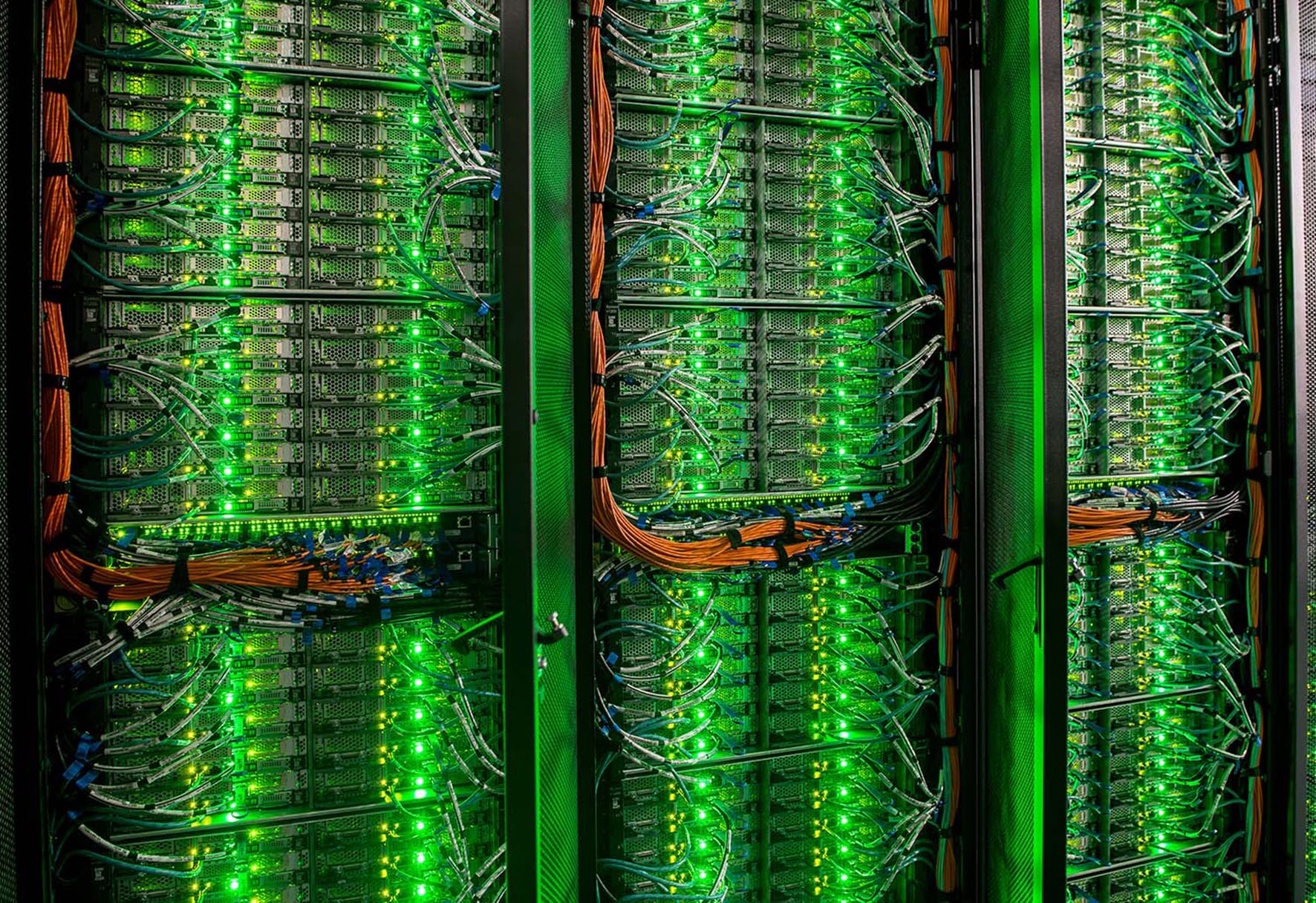They provide enormous computing power for complex research projects: Two new high-performance computers will complement the research infrastructure of the University of Oldenburg in the future. A computer – applied for by chemist Prof. Dr. Thorsten Klüner and Prof. Dr. Jörg Lücke, Professor of Machine Learning – is funded by the German Research Foundation (DFG) and the state of Lower Saxony with a total of 2.4 million euros. A large number of researchers from more than 50 working groups will be able to use these new capacities in the future. Another calculator is the result of a request by wind researcher Prof. Dr. Laura Lukassen. The Lower Saxony Ministry of Science (MWK) is funding the project with around 1.5 million euros. This grant was funded by the European Regional Development Fund as part of the Union’s response to the COVID-19 pandemic. In addition, an application has been submitted to the Federal Ministry of Economics and Climate Protection (BMWK) for an extension of the computer.
“We are very happy about the new devices. They are a great asset for our interdisciplinary work,” says Klüner, head of the Theoretical Chemistry group, which, along with many other working groups, will benefit from the new computing power. Klüner and his team are using the capacities for the ECatPEMFCplus joint project, among other things. The aim of the project is to increase the service life of fuel cells for hydrogen-powered vehicles. The fuel cells used so far age quickly because the rapid change between braking and accelerating or starting at low temperatures reduces the availability of hydrogen. If the fuel cell is insufficiently supplied with hydrogen, a sudden voltage reversal can occur. A side reaction, known as oxygen evolution, is designed to prevent this. This is where the new computing capacities come into play: Whereas previous fuel cells contain a second catalyst that controls this side reaction, the researchers in the collaborative project want to develop a “single-material system” that combines energy generation and side reaction in a single catalyst. The resources of the new high-performance computer will be used to predict exactly how these novel catalysts will work.
The Machine Learning group headed by Prof. Dr. Jörg Lücke also needs the new computing power – for acoustic signals or microscopic images, for example. In machine learning applications, the computational cluster then enables state-of-the-art methods for data analysis and data enhancement. In collaboration with other working groups in the HAPPAA project, the researchers are, for example, removing noise or other interference in acoustic data. The SPAplus project uses computing power to display details in microscopic images that are otherwise hidden in the often highly noisy original images. Examples include images of coronaviruses infecting a cell or images of lung tissue for medical research.
The second computer will be used exclusively by ForWind, the joint center for wind energy research of the universities of Oldenburg, Hannover and Bremen. Numerical simulations, along with free-field measurements and laboratory experiments, form an important pillar in current research questions to achieve a comprehensive understanding of turbulent wind conditions and their interaction with wind energy systems. The new high-performance computer will profitably combine different modeling and simulation methods in order to be able to map physical properties of wind flow even more precisely – both with regard to individual wind turbines and entire wind farms. “High-performance computers of the latest generation allow us to combine the complex simulations in wind energy research with artificial intelligence methods,” says Lukassen, assistant professor of computational fluid dynamics with a focus on wind physics. Overall, the planned work is intended to accelerate the design of wind turbines and help monitor them digitally during operation.
The new mainframes will replace the previous CARL and EDDY systems. When they were commissioned in 2016, they were among the fastest computing clusters for university research in Germany, with 457,200,000,000 computing operations per second (457.2 TFlop/s). Due to technical advancements in high-performance computing, the computing power of the new systems will now be many times greater and will thus be able to meet the ever-increasing demand for computing power for research at the university in the coming years.



